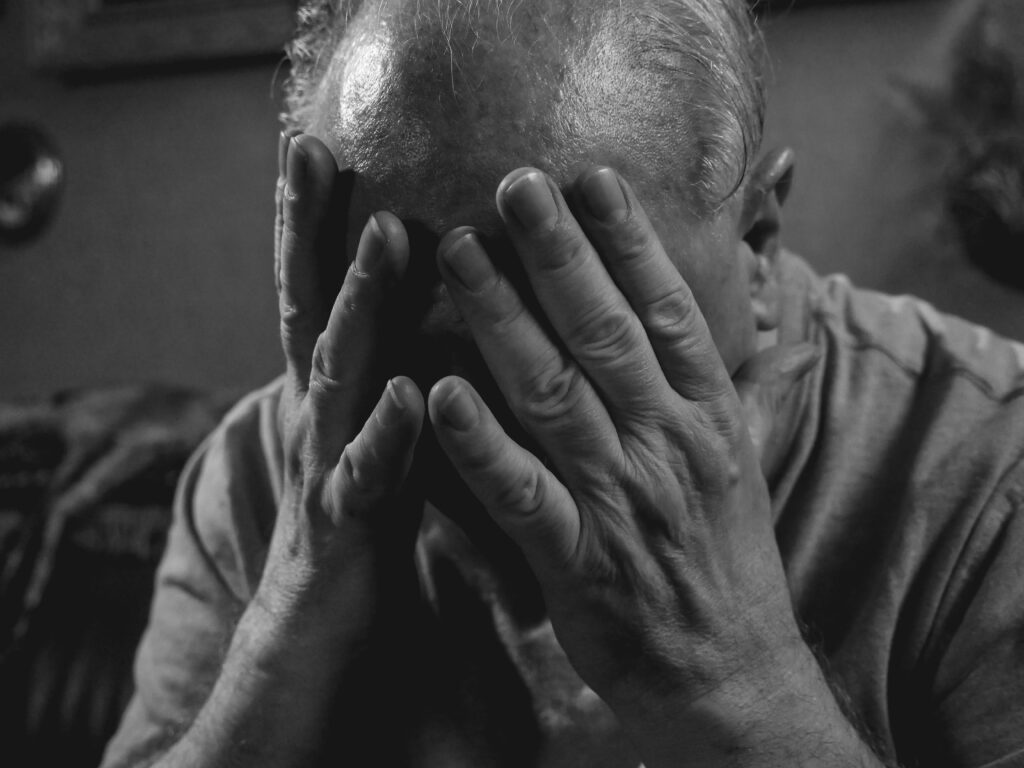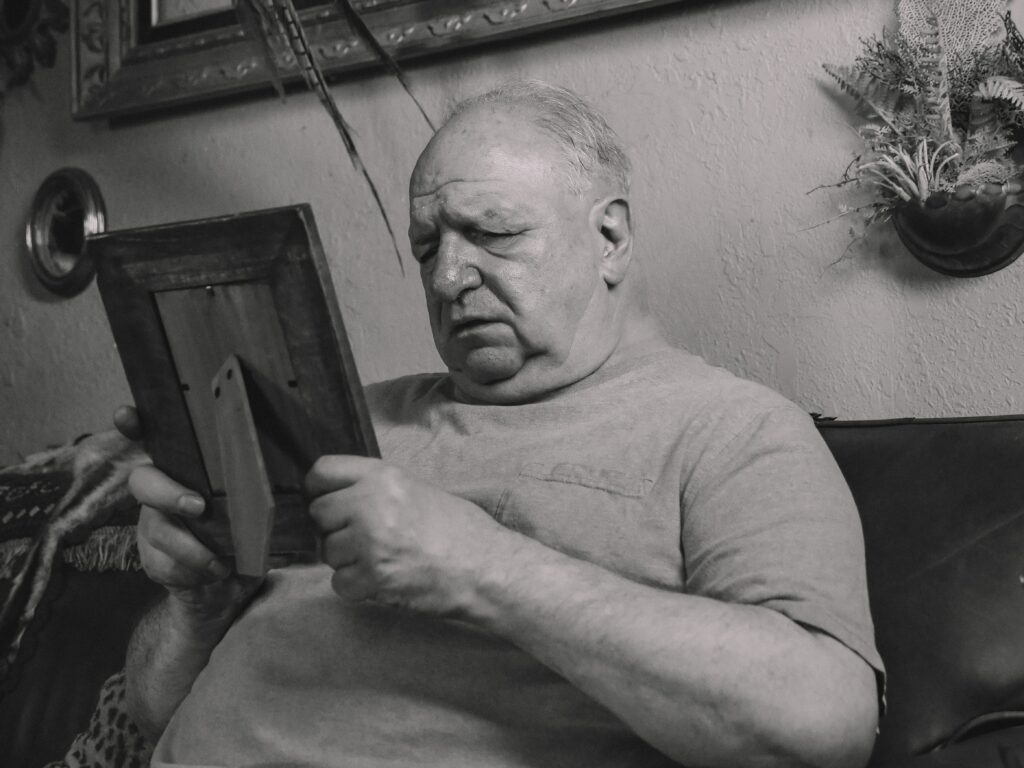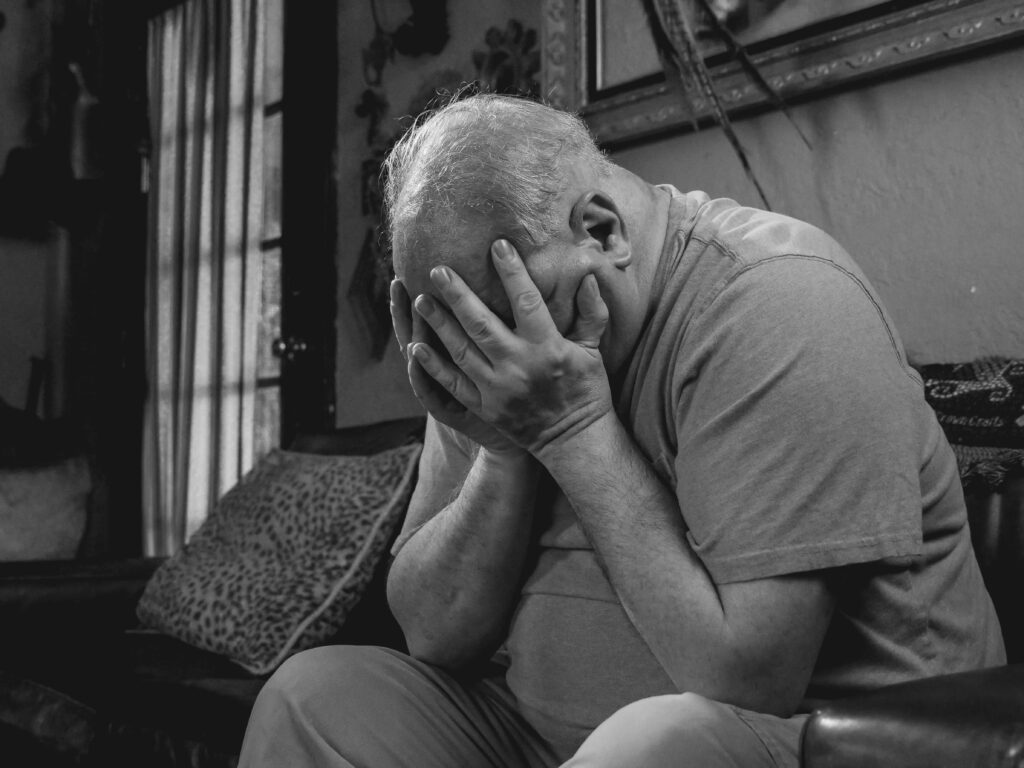Bipolar Disorder in Older Adults: A Multidimensional Perspective
Bipolar disorder in older adults may cause them to think more slowly and have trouble concentrating or focusing. These symptoms can occasionally result in cognitive impairments being misdiagnosed. Even individuals who do not have bipolar disorder can experience mood swings. However, these mood swings usually only last a few hours rather than days.
Moreover, unlike during mood episodes, these alterations are typically not accompanied by a significant degree of behavioral change or difficulties adjusting to regular activities and social interactions, which are commonly exhibited by individuals with bipolar illness. Bipolar disease can ruin relationships with loved ones and even mental well-being, making it challenging to manage everyday tasks.
This article will focus on how bipolar disorder impacts older adults’ daily lives. Keep reading to learn more.
Bipolar Disorder: An Overview
A brain illness called bipolar disorder alters a person’s energy, mood, and capacity for function. Bipolar disorder patients go through severe emotional changes, or mood episodes, that normally last a few days to a few weeks.
These mood swings can be classified as depressed or manic/hypomanic (an unusually cheerful or irritated) (or sad mood). Most people with bipolar disorder also have times of neutral mood. People with bipolar disorder can live long and productive lives when properly treated.
Although the actual cause of this illness is unknown, it frequently seems to run in families. Bipolar disorder often begins in adolescence or early adulthood with the first manic or depressed episode. Many bipolar disorder sufferers go undiagnosed or are neglected because the symptoms can be mild and vague, causing needless suffering.
As bipolar disorder tends to deteriorate without treatment, it is crucial to learn what the symptoms look like. Identifying the problem is the first step to feeling better and getting your life back on track.
Bipolar Disorder Prevalence in the United States
In the United States, 2.8 percent of the population suffers from bipolar disorder, and the World Health Organization rates bipolar disorder as the sixth most common disability in the world. The prevalence of bipolar disorder appears to be equal for both men and women, indicating that gender does not influence its development.
Although bipolar disorder can affect anyone at any age, the average age of diagnosis is 25, with the early to mid-20s being the most common age range. Studies suggest that almost two-thirds of individuals with bipolar disorder have at least one close family member who also has bipolar disorder or depression. However, further research is needed to determine the hereditary component of the condition.
Types Of Bipolar Disorder In Older Adults
Bipolar disorder is frequently divided into distinct categories, distinguished by the pattern of mania and depression, since symptoms may vary greatly from person to person.
- Bipolar I: At least one manic episode must occur for a person to be diagnosed with bipolar I. Before and after the manic episode, you could undergo major depression spells or hypomanic episodes, which are less severe than manic episodes. Before going through either mania or depression, a person may experience a protracted period of steady mood.
- Bipolar II: Bipolar II patients go through one severe depressive episode lasting at least two weeks. Moreover, they experience at least one hypomanic episode every four days. This kind of bipolar disorder may be more prevalent among women, according to research.
- Cyclothymia: Individuals with cyclothymia exhibit some symptoms of hypomania and depression but not enough to identify a bout of hypomania or depression.
In comparison to episodes linked to bipolar I or bipolar II disorder, these episodes also have symptoms that are shorter and less intense. Most people with this condition experience no mood symptoms for 1 to 2 months at a time.
Your doctor can explain more about what kind of bipolar disorder you have when discussing your diagnosis.
Causes and Precipitants
There is no one cause of bipolar disorder. Although it appears that certain people are genetically vulnerable to developing bipolar disorder, not everyone with a hereditary sensitivity does, suggesting that other factors may also contribute to the condition. In bipolar disorder, older adults’ brains exhibit physical alterations.
It is also thought that psychological and environmental variables have a role in the onset of bipolar disorder. Triggers are these outside variables.
Triggers can either start new manic or depressive episodes or exacerbate pre-existing symptoms. Nevertheless, many bipolar disorder episodes occur without a clear reason but below are some of the possible ones:
- Anxiety: An older adult with a hereditary susceptibility to bipolar disorder may get affected by stressful life circumstances that cause anxiety. These occasions sometimes entail abrupt or extreme positive or negative changes, such as getting hitched, leaving for college, losing a loved one, losing your job, or moving.
- Seasonal Variations: Maniacal and depressive episodes frequently have a seasonal rhythm. Depressive episodes are more often in the fall, winter, and spring, whereas manic episodes are more frequent in the summer.
- Deprivation of sleep: A bout of mania can be brought on by sleep loss, even if it just amounts to skipping a few hours of sleep.
- Reliance medications: While drug misuse does not cause bipolar disorder, it can bring on an episode or aggravate the course of the condition. Alcohol and tranquilizers can cause depression, whereas cocaine, ecstasy, and amphetamines can cause mania.
- Medication: Mania can be brought on by several medicines, most notably antidepressants. In addition to prescription pharmaceuticals, over-the-counter cold remedies, appetite suppressants, caffeine, corticosteroids, and thyroid medications can also lead to mania.
Signs And Symptoms Of Bipolar Disorder In Older Adults
Bipolar disorder used to be included in typical depression, but a growing amount of evidence indicates important distinctions between the two, particularly in suggested therapies.
Antidepressants typically do not benefit persons with bipolar disorder. There is a danger that antidepressants can make bipolar disorder worse—triggering mania or hypomania, causing fast cycling between mood states, or interacting with other mood-stabilizing medicines.
Despite their numerous similarities, certain symptoms of bipolar disorder are more prevalent than those of typical depression. Bipolar sadness, for instance, is more likely to be accompanied by irritation, guilt, erratic mood swings, and restlessness. You could walk and speak slowly, sleep a lot, and put on weight if you have bipolar disorder.
The following are typical symptoms of bipolar disorder:
- issues with sleep
- issues with memory and focus
- feeling dejected, depressed, or empty
- Irritability
- the inability to enjoy the pleasure
- fatigue or a decrease in energy
- Laziness, both mental and physical
- changes in appetite or weight
- feelings of shame or worthlessness
- Suicidal or death-related ideas
Impact Of Bipolar Disorder To Older Adults
Bipolar disorder may hasten age and lead to cognitive loss, experts claim. An association between bipolar disorder and cognitive decline, as well as an increased risk of dementia with each episode, has been discovered in earlier investigations.
While bipolar disorder tends to poorly influence executive function and verbal memory in all age groups, older adults are also more likely to be slower at processing information. As a result, older persons with bipolar disorder may have diminished neurocognitive function, which can result in a significantly worse quality of life.
Some of these changes may be due to how bipolar disease affects the tissues within the brain. Several of these neurological alterations can potentially be heightened by a variety of situations, including:
How Does Bipolar Disorder Change As You Get Older?
Age can have the following effects on people with bipolar disorder:
- What do symptoms look like
- How serious the symptoms are
- How the illness affects the brain
One of the most obvious changes in bipolar disorder as people age is decreased frequency and intensity of episodes. According to research, older adults with bipolar frequently experience the following:
- more recurring incidents
- less manic or hypomanic episodes and more depressed episodes
- Mania is accompanied by less intense manic symptoms and fewer psychotic traits
- decreased risk of suicide
- resistance to treatment choices, including certain drugs
- irritability and poor cognition
Given that, it is still challenging to pinpoint precisely how these changes might impact the various forms of bipolar disorder since research on bipolar disorder in older persons is limited.
Treating Bipolar Disorder In Older Adults
Do not delay to get assistance if you or someone you know exhibits bipolar disorder symptoms. Ignoring the issue will not make it go away; on the contrary, it will likely worsen.
Living with untreated bipolar disorder can cause issues in your job, relationships, and health, among other areas. Nevertheless, as bipolar disorder is curable, detecting the issue and beginning therapy as soon as possible will help avoid these side effects.
Basics Treatment
Treatment for bipolar disorder must continue over time. Maintaining therapy even when you feel better is crucial since bipolar disorder is a chronic, recurrent condition. Most patients with bipolar disorder need medication to prevent future episodes and stay symptom-free.
Treatment involves more than just taking pills. The symptoms of bipolar disorder are typically not completely under control with medication alone. The most successful approach to treating bipolar disorder combines medication, counseling, lifestyle modifications, and social support.
Alterations In The Way Of Life
According to some research, lifestyle changes may help lessen the intensity of your bipolar illness symptoms. Among them are the following:
- Maintaining a healthy diet
- Exercising for at least 150 minutes every week
- Keeping a healthy weight
- Receiving regular treatment or counseling
Significance Of Early Detection
Bipolar disorder can be prevented or delayed with early identification; those who get it have better clinical outcomes. The majority of bipolar sufferers can regulate their mood swings and other symptoms with the aid of proper medication.
Diagnosing Bipolar Disorder
Bipolar disorder causes a person to suffer strong mood swings that fluctuate between sadness and mania. Hours, days or even weeks may pass between these mood swings.
To diagnose this disorder, a doctor does a physical exam, talks about your symptoms, and advises blood tests to establish if another illness, such as hypothyroidism, is causing your symptoms.
The doctor conducts a psychiatric examination if the underlying reason for your symptoms is not discovered.
Psychiatric Assessment
A psychologist will inquire about your family history of bipolar disorder, depression, or anxiety problems during your psychological examination. He or she enquires about your symptoms, including when they first appeared, how severe they were, whether they have occurred previously, and, if so, what treatments were administered.
The professional inquires about your drug and alcohol use and your thoughts of suicide or death. In order to better understand how your symptoms impact your life, he or she may also ask you to fill out a questionnaire.
The doctor will evaluate your symptoms and family history before conducting a feedback session where you will discuss the diagnosis and best course of action.
Untreated Bipolar Disorder
Sudden mood swings are a defining feature of the chronic mental health illness bipolar disorder. Making treatment a priority after being diagnosed can be challenging. Perhaps you currently believe you have control over your symptoms. Alternatively, perhaps your emotions are too overpowering to even consider talking to anybody.
However, if it’s left untreated, your quality of life might suffer and you might develop other major health issues.
Risks of untreated bipolar disorder, according to the National Institute of Mental Health (NIMH), include:
- Detrimental effects on relationships, both personal and professional
- Not getting enough rest
- Self-destructive or suicidal thoughts
- Acquiring new long-term health issues
Wrap Up!
Older adults with bipolar disorder may be able to decrease these changes and significantly enhance their overall quality of life with the proper medication, counseling, and lifestyle adjustments. Bipolar disorder patients are more likely to become alcoholics and drug addicts, which can exacerbate the condition’s symptoms.
In order to develop a treatment plan and identify the best solutions for you if you have been diagnosed with bipolar disorder, it is crucial to get in touch with your doctor.






